Trinity Alps Wilderness
In November 2008, I made my first trip to Papoose Lake in the Trinity Alps Wilderness. That trip inspired my first blog post which evolved into Field Notes From Plant Explorations. This first post was more about geology than plants because of the unique geologic character of the Papoose Lake Basin.
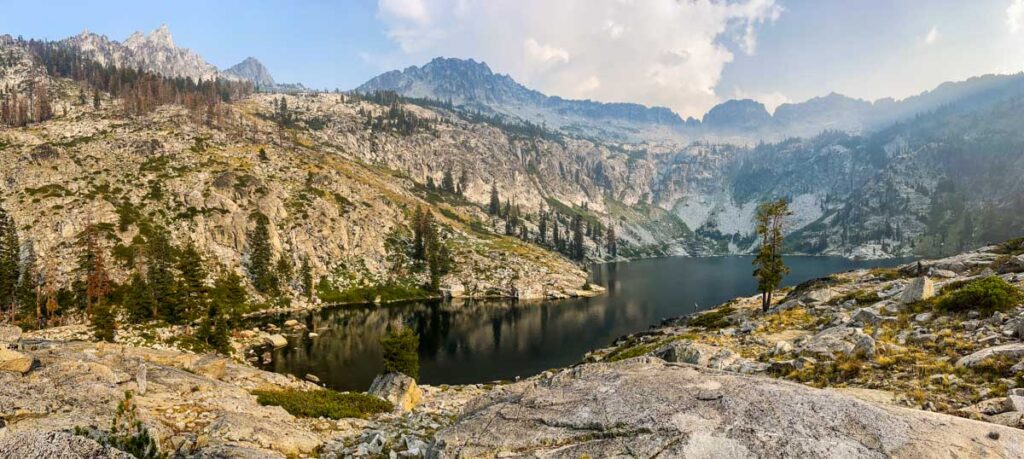
This month, almost 15 years later, I returned to Papoose Lake to conduct vegetation surveys as part of our Klamath Mountains Vegetation Mapping Project. In many ways the basin is the same but in others changes are afoot. What follows are some reflections on 15 years of blogging through the eyes of a Klamath Mountain lake basin.
The 2021 River Complex
With multiple lightning strikes occurring late July 2021, the River Complex blew up across the Trinity Alps in August. In all 199,343 acres, or 311 square miles, were burned to some degree. Unfortunately, the white fir belt of Rattlesnake Creek—on the approach to Papoose Lake—saw high severity fires change the landscape and shift future vegetation communities. Much work will be required to maintain the trail to Papoose Lake in order to keep the shrub communities from obscuring the trail.
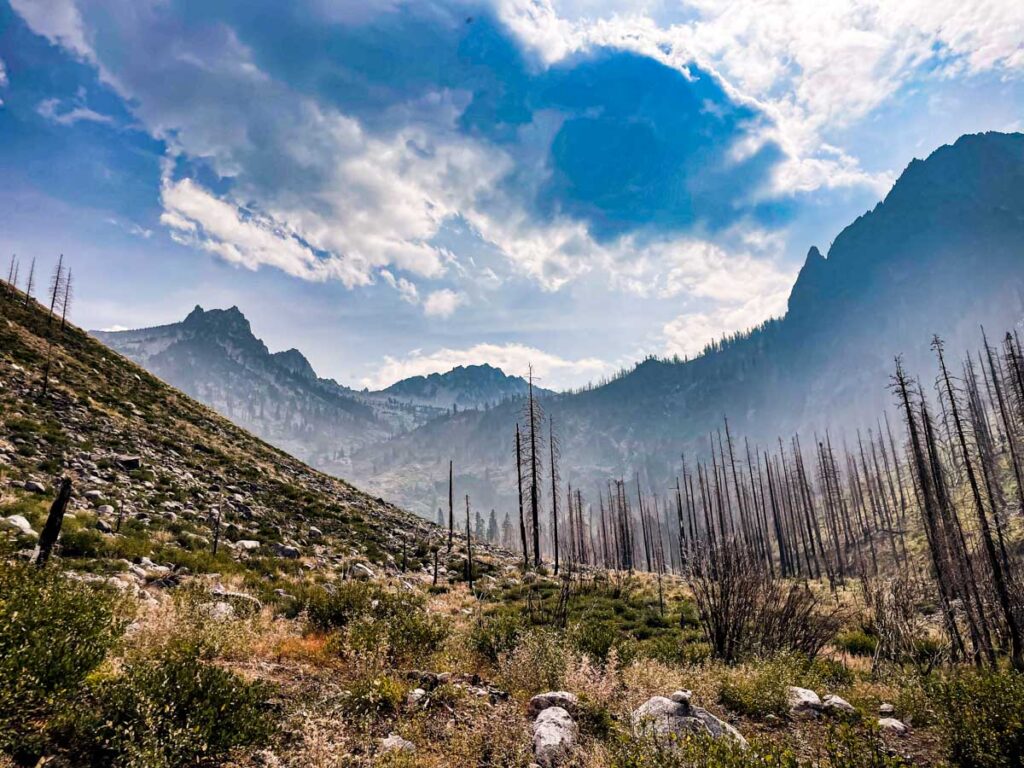
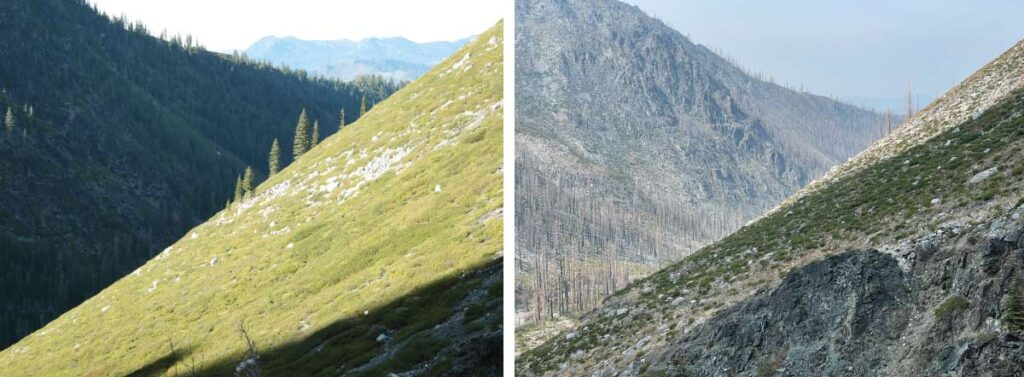
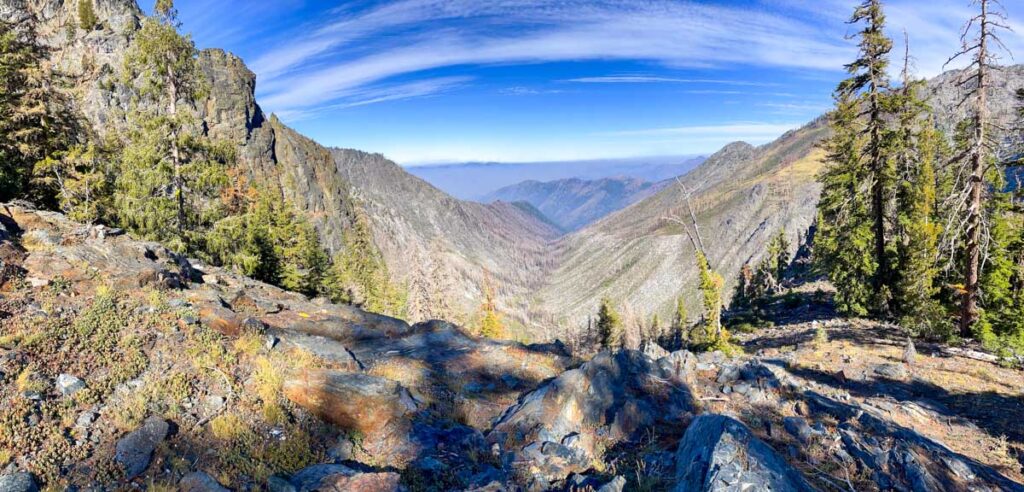
Montane Conifer Forests
Compared to the lower elevation white fir forest nearby, which was virtually eliminated from the watershed, the Brewer spruce stand near the lake fared well with the fire. I estimate about 10% of the trees were burned by fire spotting—but fire never entirely entered the stand.
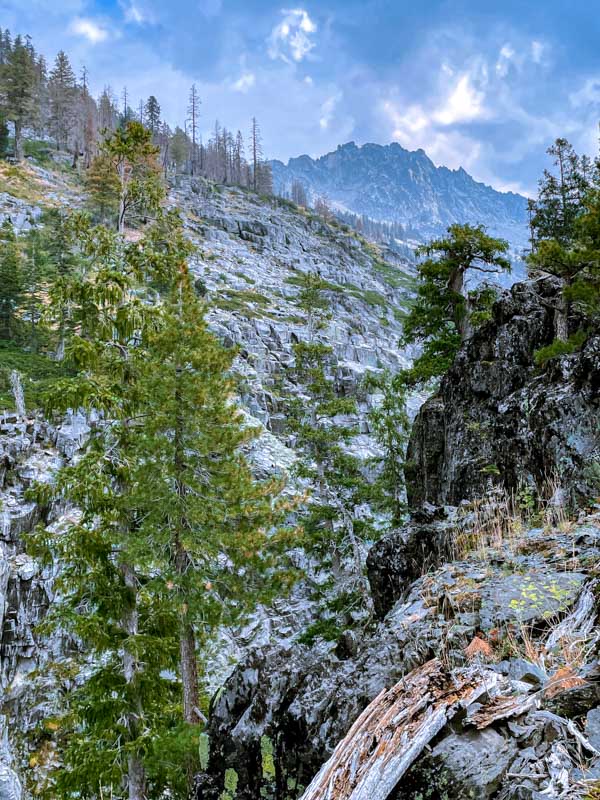
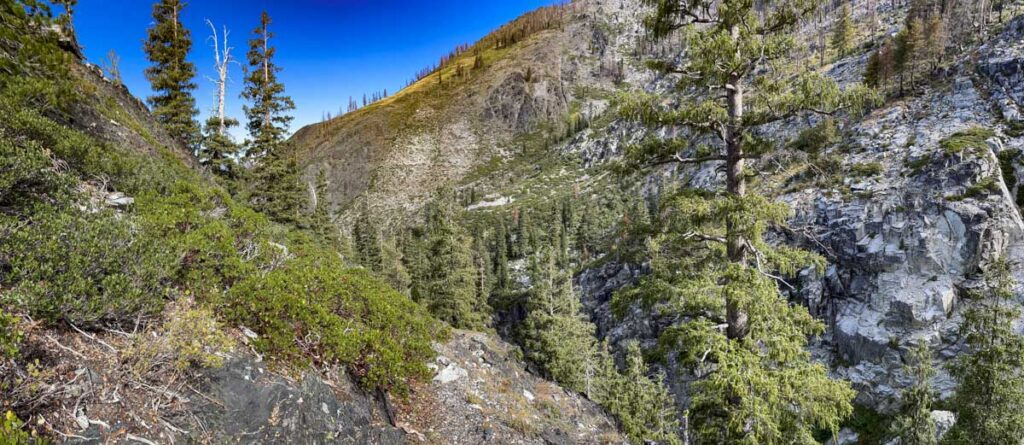
Along the south ridge from the lake, about 40% of the mountain hemlock forest was burned at a high intensity. This also included some western white pine and brewer spruce but most was hemlock.
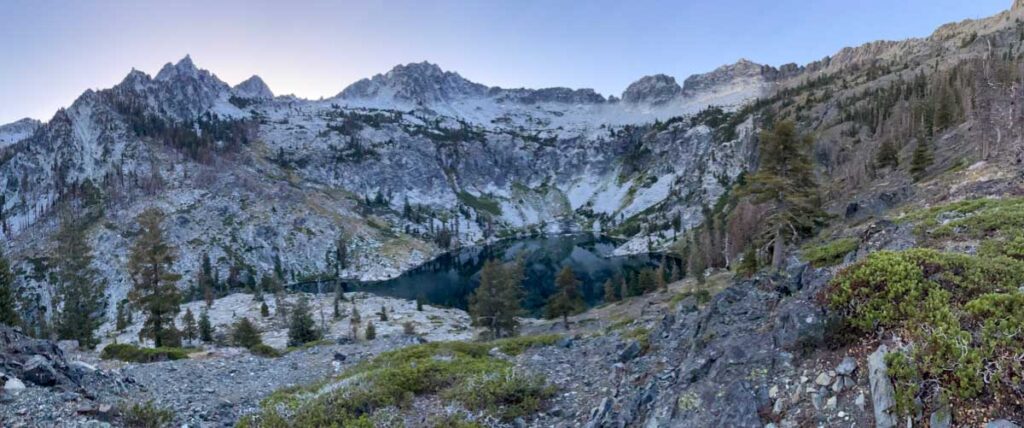
Subalpine Forests
The main target of my trip was to survey a foxtail pine grove on the south ridge of the Papoose Lake cirque. The only access to this site is through a narrow, rocky chute just to the east of the westernmost summit block. Once at the ridge, after the adrenaline rush of the class 4 crumble-chute subsides, welcome yourself to a coniferous spectacle with few rivals in the range. Immediately you will find yourself in a foxtail-dominate stand of a mere acre—possible the most difficult to reach stand in the range.
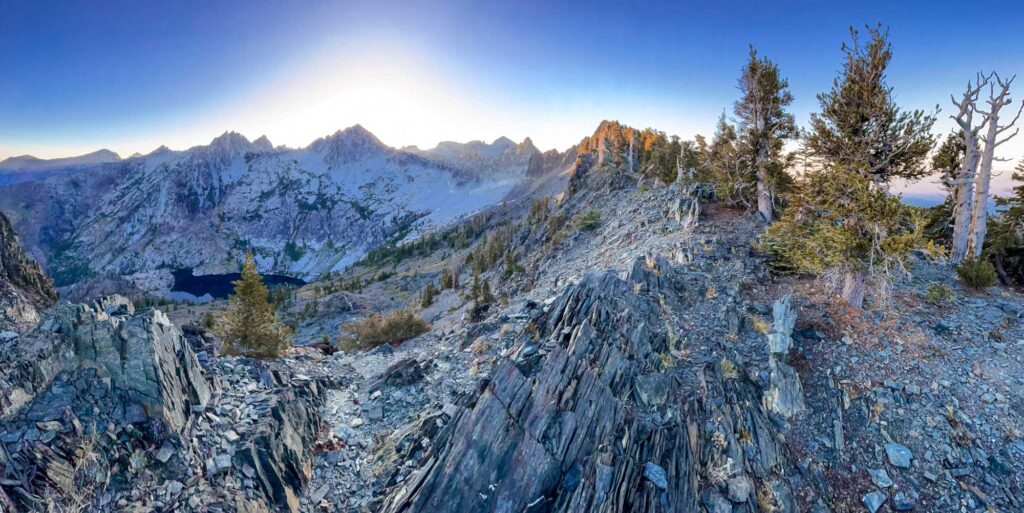
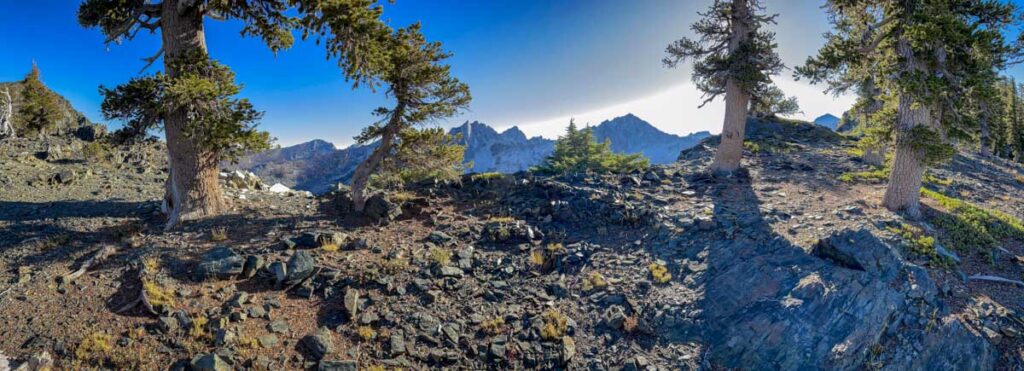
Across the rest of this subalpine forest foxtails are rare, whitebark pine are occasional , and mountain hemlock are common. All species are doing well with little crown stress and healthy (5-10%) seedling and sapling recruitment rates.
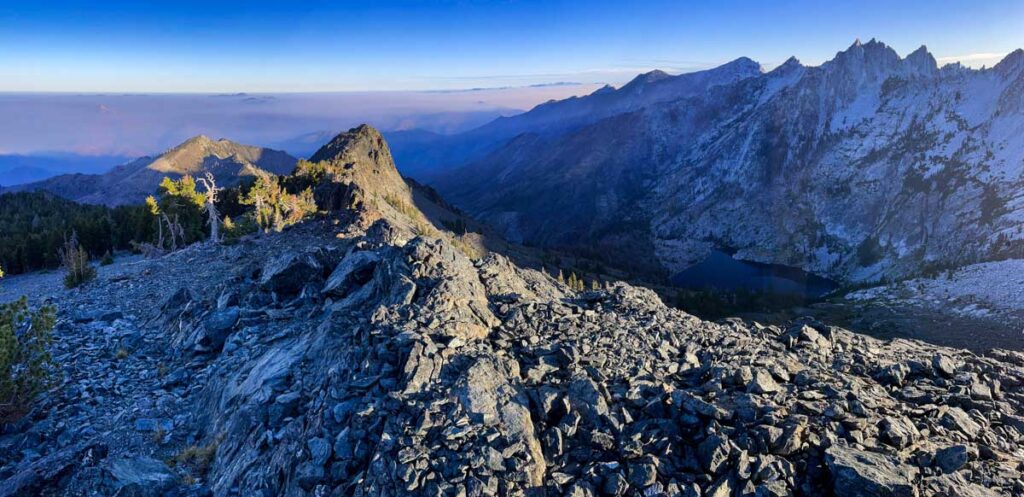
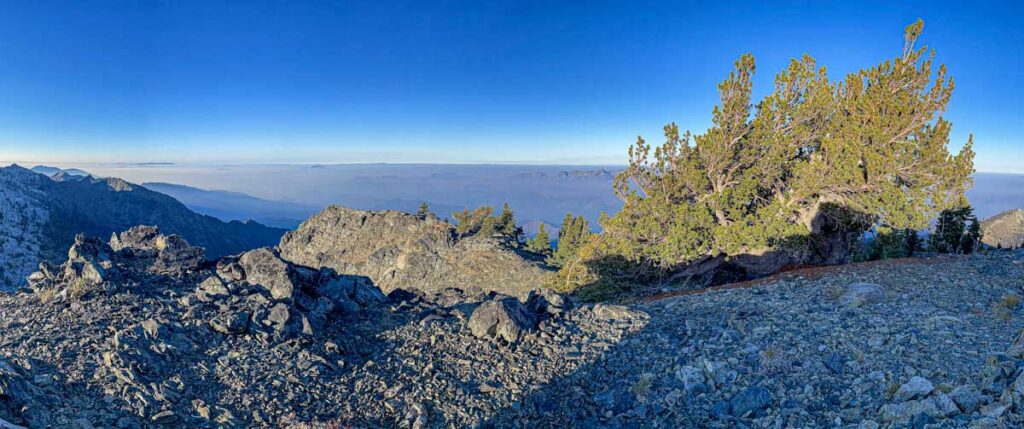
Time and the Klamath Mountains
Every time I revisit a special place in the region there is inevitably something that has changed. With camera technology, comparing photos, these changes are even more discernable. The most striking, and often saddening, changes come with stand replacing fires but more often fire is healthy and important in rejuvenating the plant communities of the region. But slower, less discernable changes are also happening–like healthy reproduction in high elevation subalpine conifer stands. Every time I see a foxtail pine sapling I rejoice. Change is the only constant and I am happy to still be able to visit this beautiful region to see what I can, while I can.
I can’t help but wonder…will I ever return to this place again.
In all the years I have spent standing or sitting on the banks of this river, I have learned this: the more knowledge I have, the greater becomes the mystery of what holds that knowledge together, this reticulated miracle called an ecosystem.
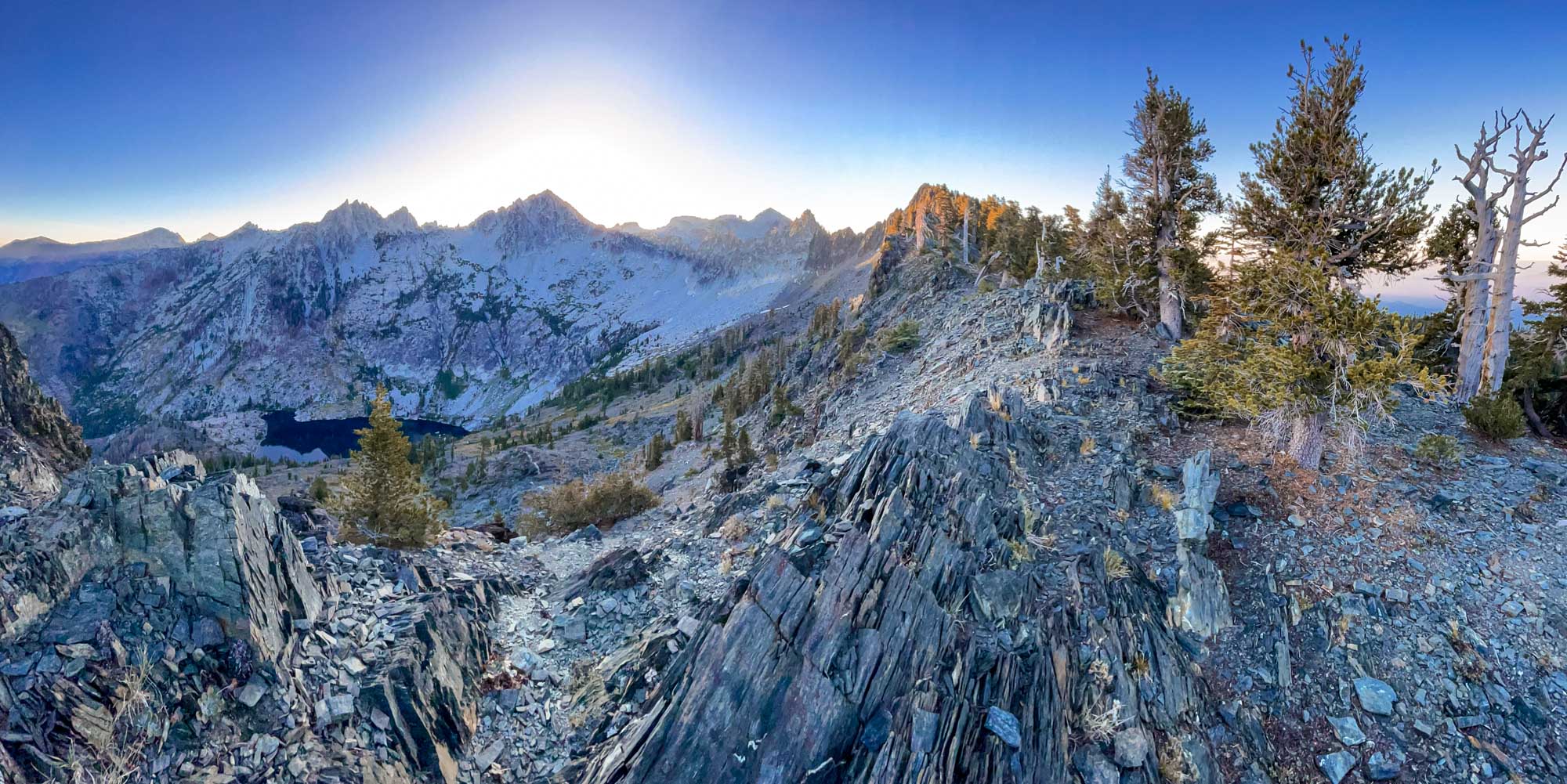
To “Educator, Author, Ecologist” add “Photographer.” Your pics are meant to be didactic – illustrative of a point – and they are; but they are also seriously beautiful. Thanks for both the biology and the aesthetics.
Thanks Andrew! It was quite easy to capture those images because the landscape is so beautiful. And the trees….
Michael, I greatly appreciate your informative article. Papoose Lake has been one of my favorite places in the Trinity Alps since my visit in the 1980’s. I was never able to explore the area as you. Your description of the tree species in the area has broadened my appreciation of the area.
Charley Fitch, District Ranger 1984-1999.
Thanks for the note Charley, it means a lot. Also, what a great place to be the District Ranger!